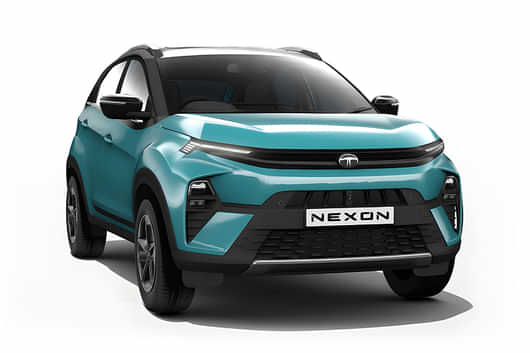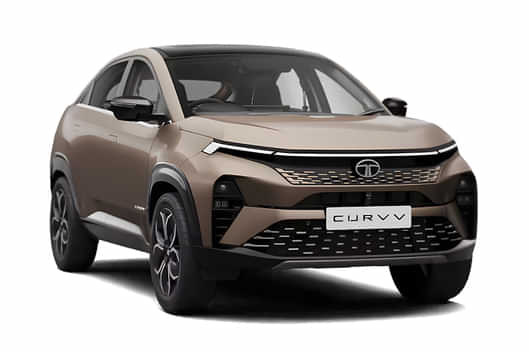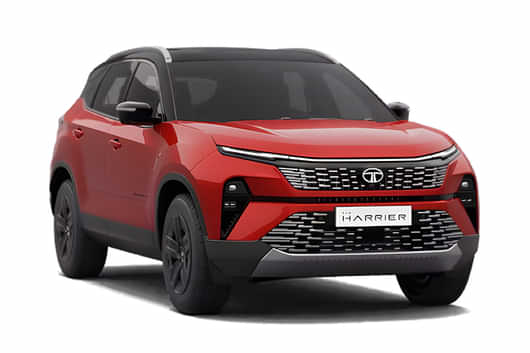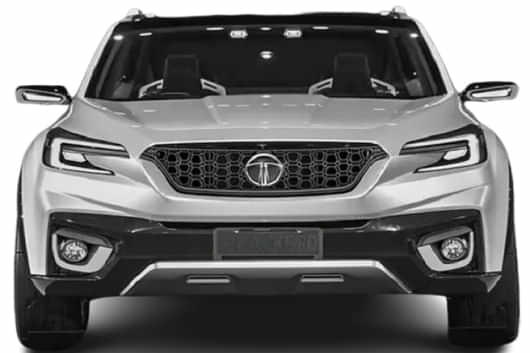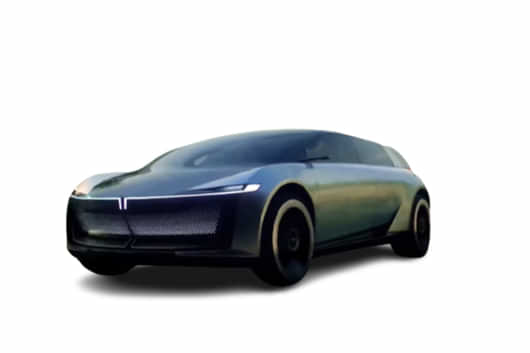
KEY HIGHLIGHTS
- The Harrier Diesel gets a 2.0L engine (170 PS) and FWD option only
- Tata Harrier EV gets dual motor setup, up to 627 km range, RWD & AWD options
- EV gets advanced kit like 540-degree camera, auto park assist, built-in dashcam & Drive Pay system
With the launch of the Tata Harrier EV, buyers now have to choose between two distinct avatars of the popular SUV. One is powered by the tried and tested diesel powertrain, and the other is with a battery for zero emissions. But beyond these badges, what sets them apart? Let's break down all the key differences for you in this article. However, before diving into the details, make sure to join the 91Wheels WhatsApp community to never miss out on any automotive updates.
Read More: Toyota Adds Its Neo Drive Tech To Fortuner and Legender - Prices Start at Rs 44.72 Lakh
Difference In Looks

Both siblings carry forward the same silhouette, while there are some subtle cosmetic changes in the EV version. Let's start from the front. At first, you'll notice that the EV-specific closed-off grille. Moreover, the EV version gets a new redesigned bumper along with a vertical slats-like pattern. Moving towards the side, the only visible difference is the new aero design alloy wheels and the "EV" badging on the front doors. When it comes to the rear part, the EV version gets a silver skid plate along with the 'Harrier EV' badging on the tailgate.
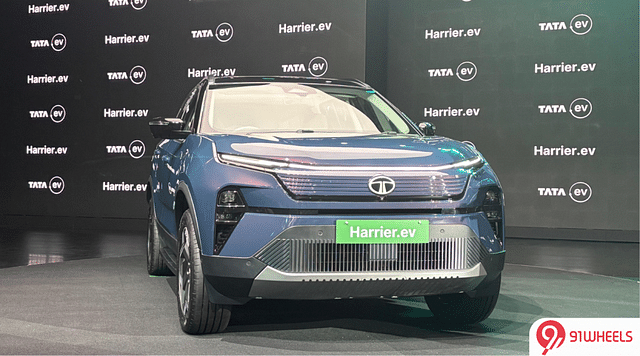
Powertrain
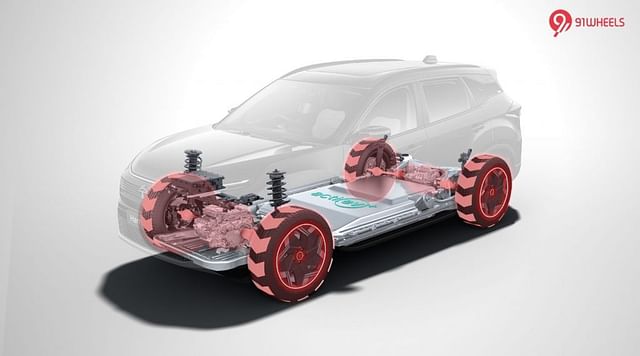
At the heart of these popular lies a major difference. The ICE version is powered by a 2-litre diesel unit, which makes 170PS and 350 Nm of torque. However, it only offers FWD configuration. On the other hand, the EV version is powered by two battery packs: 75 kWh and 65 kWh. This battery pack gives out a claimed range of 627 km on a single charge. Moreover, it comes powered with a dual motor setup. The Front motor produces 158 PS of power, and the rear motor produces 238 PS of power. Unlike the ICE version, it offers two configurations: RWD and AWD. Even when someone purchases the RWD variant with the 65 kWh battery pack, it generates more power than the internal combustion engine version.
Interior And Features

Both iterations of the Harrier are fully feature-loaded, but the EV version goes one step ahead with some advanced features on offer. Some of them include a 540-degree surround camera, four drive modes, a 14.5-inch Samsung Neo QLED display, a 10-speaker JBL sound system with Dolby Atmos 5.1, auto park assist, six terrain modes, a built-in dashcam, digital iRVM with rear recording, and drive pay. The rest of the features remain the same. The regular Harrier gets an option between multiple colour schemes depending on the variant you pick, while the Harrier EV is available only with a white and grey theme.

Pricing
When it comes to pricing, there's a major difference between them. The Tata Harrier ICE version is available at a price tag of Rs 14.99 lakh (ex-showroom) and goes up to Rs 26.49 lakh (ex-showroom) for the top spec. Meanwhile, the Harrier EV comes at an introductory price of Rs 21.49 lakh (ex-showroom), however, pricing for other variants will be out soon. While Harrier EV is available in three variants, namely: Adventure, Fearless and Empowered, followed by a Stealth Edition based on the top-spec. On the other hand, Harrier ICE is available in mainly four variants: Smart, Pure, Adventure, and Fearless.
Read More: VinFast VF6 Test Mule Spied In India Ahead Of Launch
Verdict
The Tata Harrier EV is not just a battery-powered version of the diesel Harrier, it's a more advanced, tech-packed evolution. While the diesel Harrier remains a rugged, proven performer for long-distance and highway lovers, the EV is a future-ready alternative offering AWD, a 627 km claimed range, and a premium feature list. Choosing between the two depends on your lifestyle: diesel for traditional power, EV for modern performance and zero emissions.












